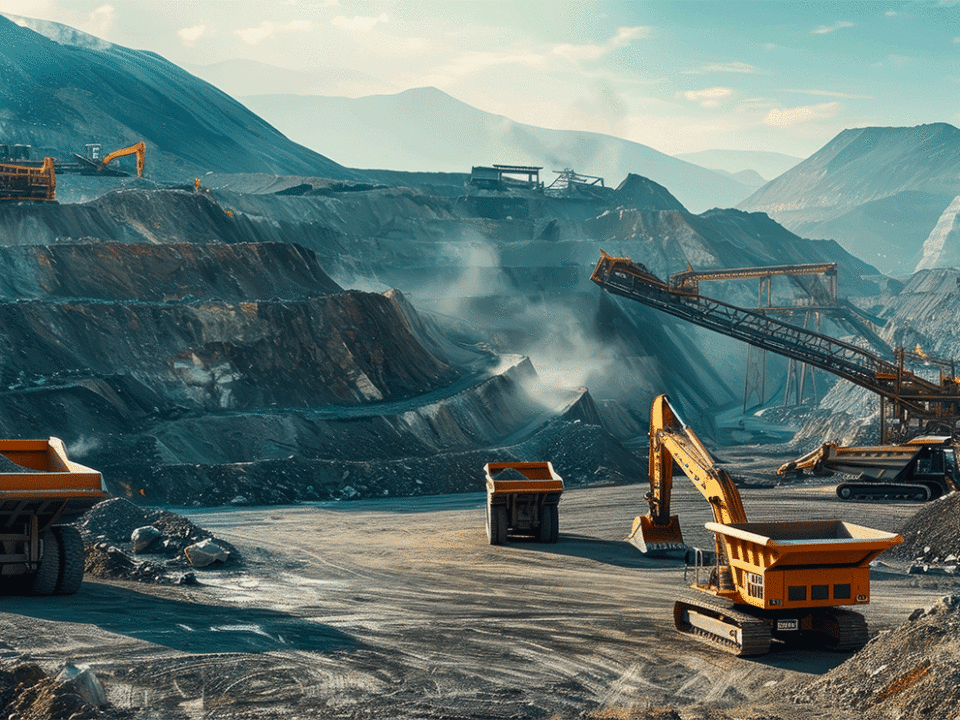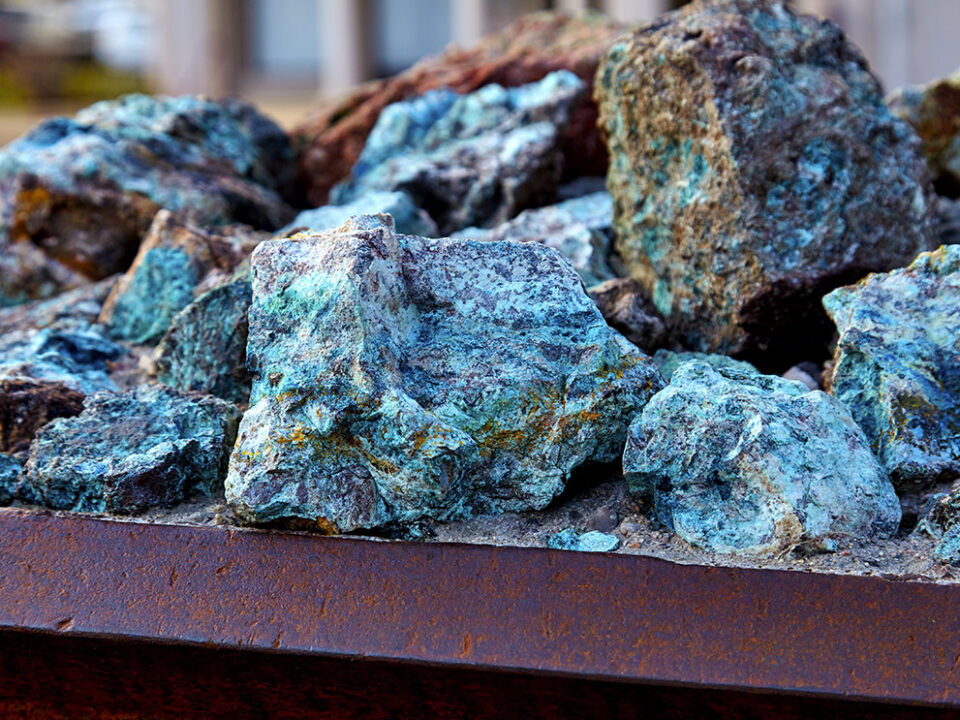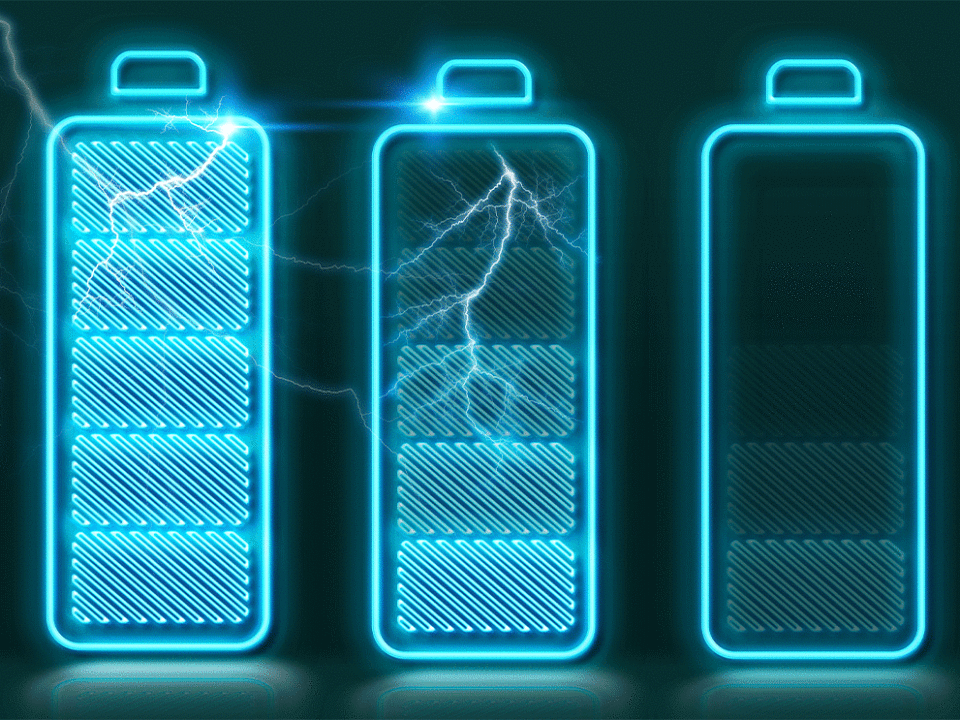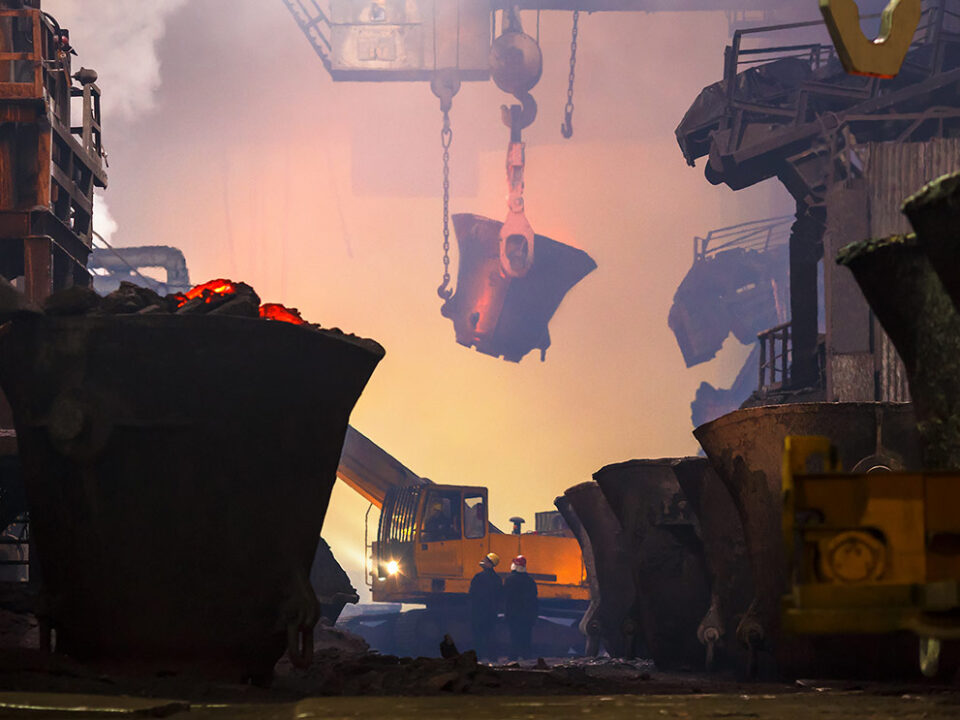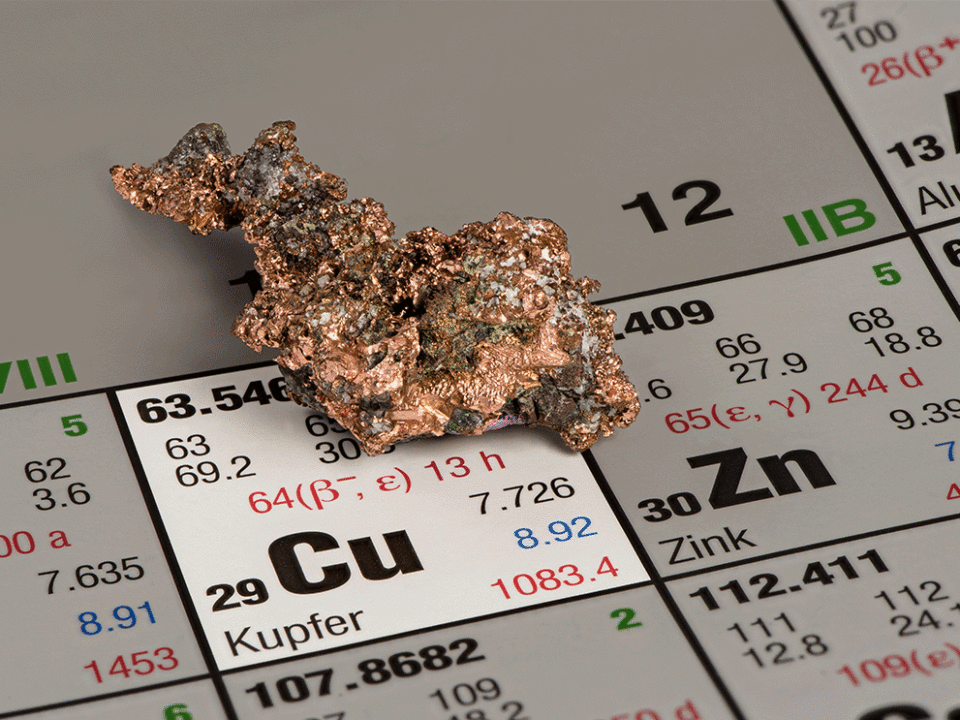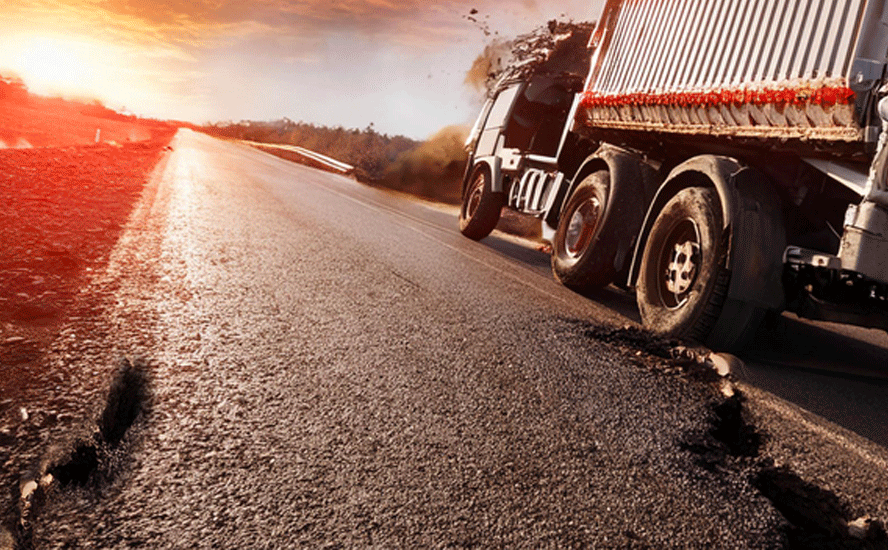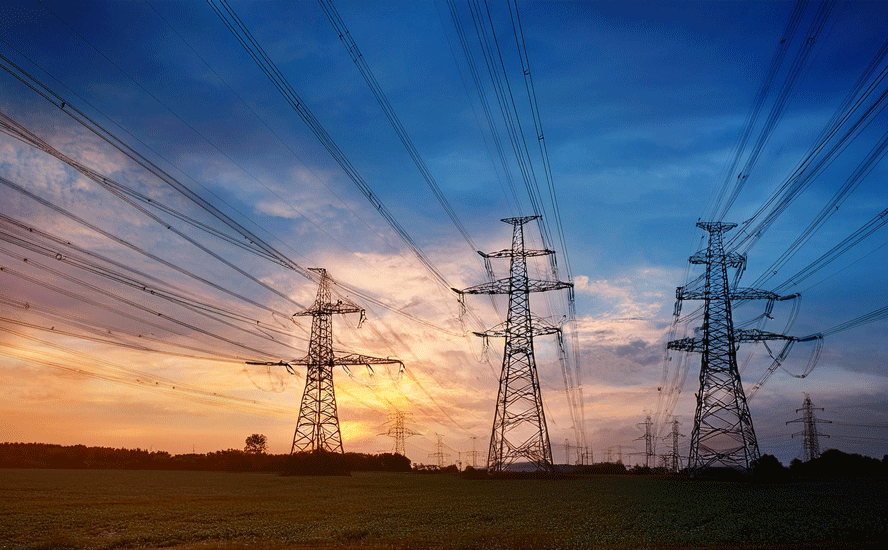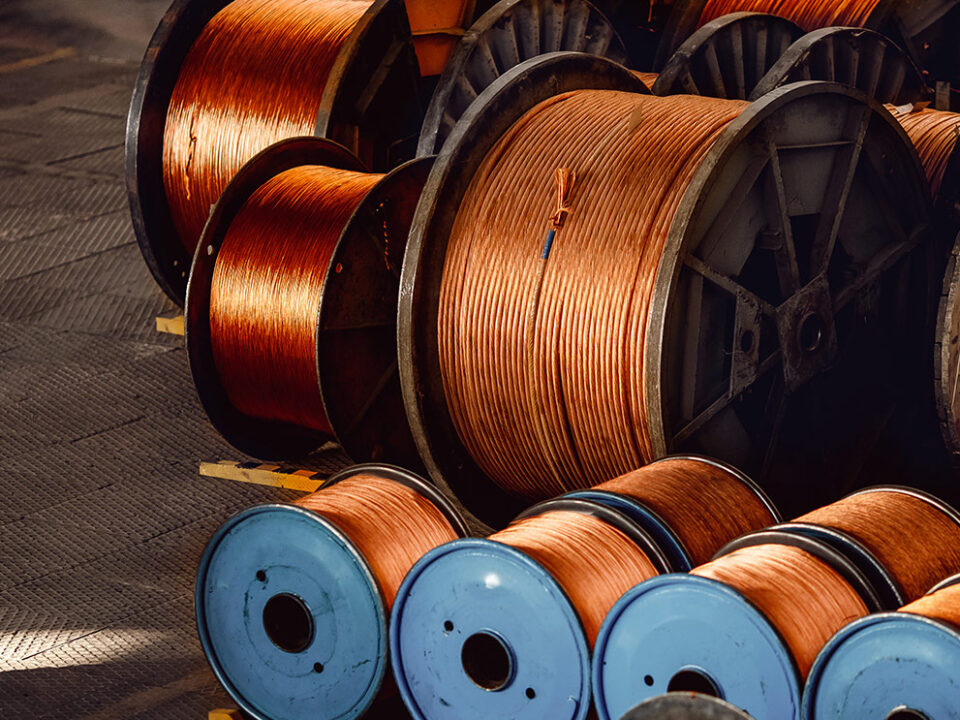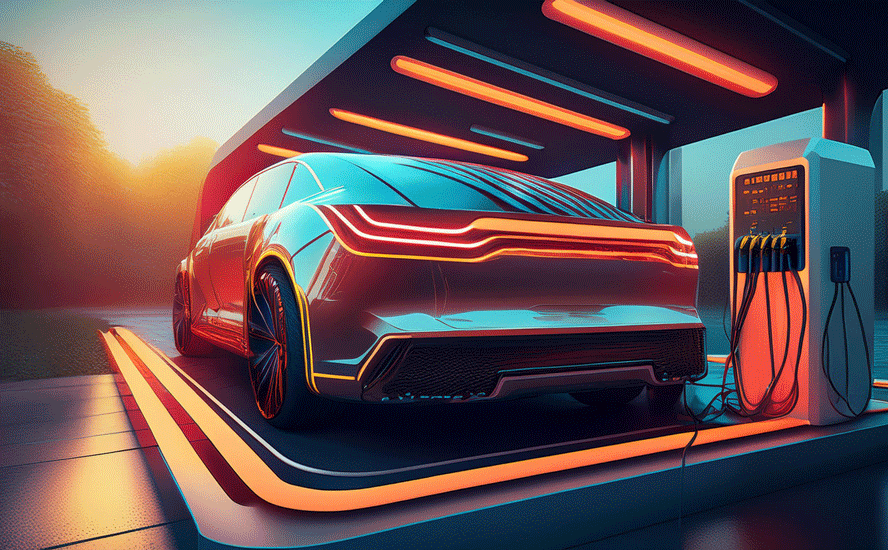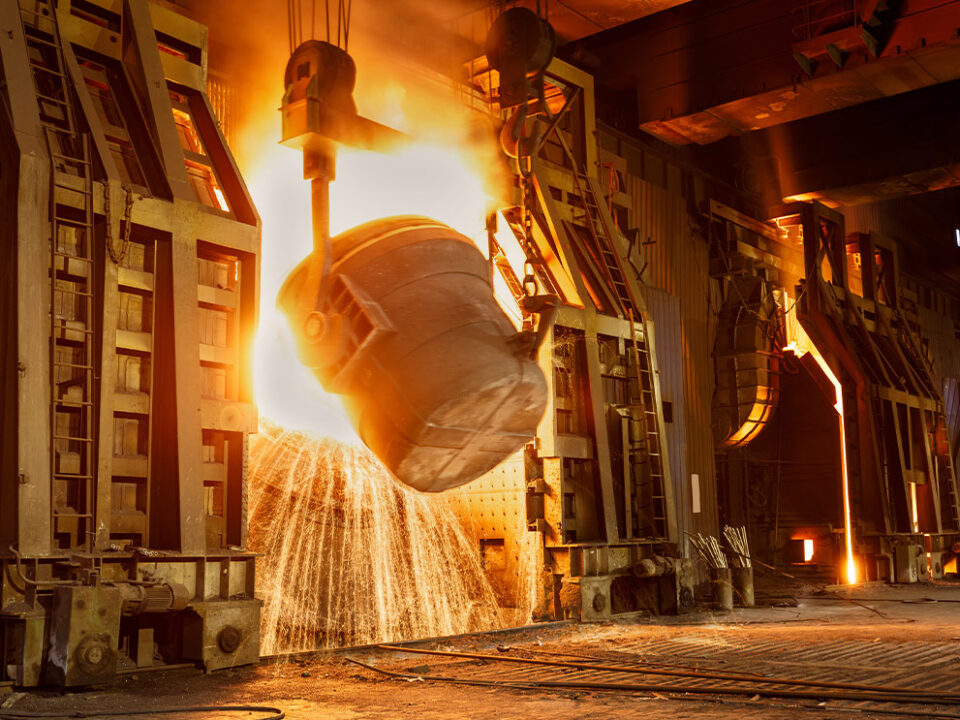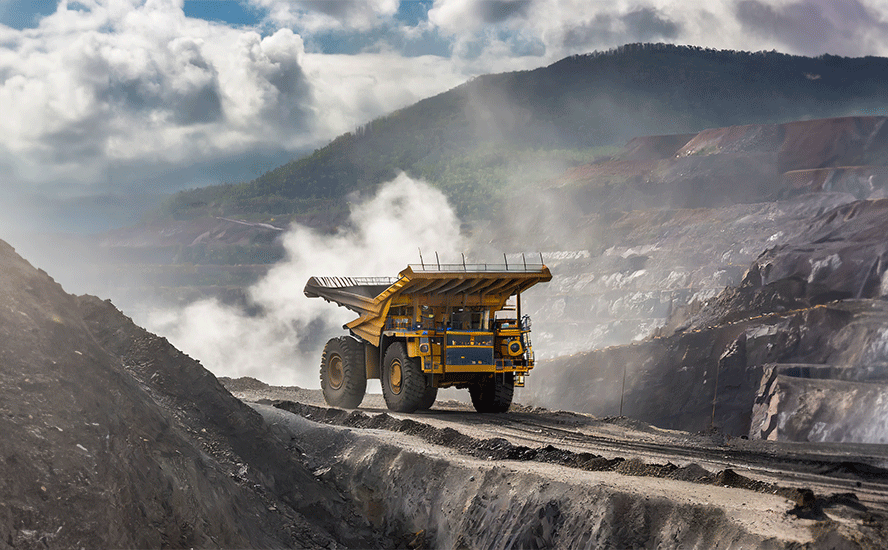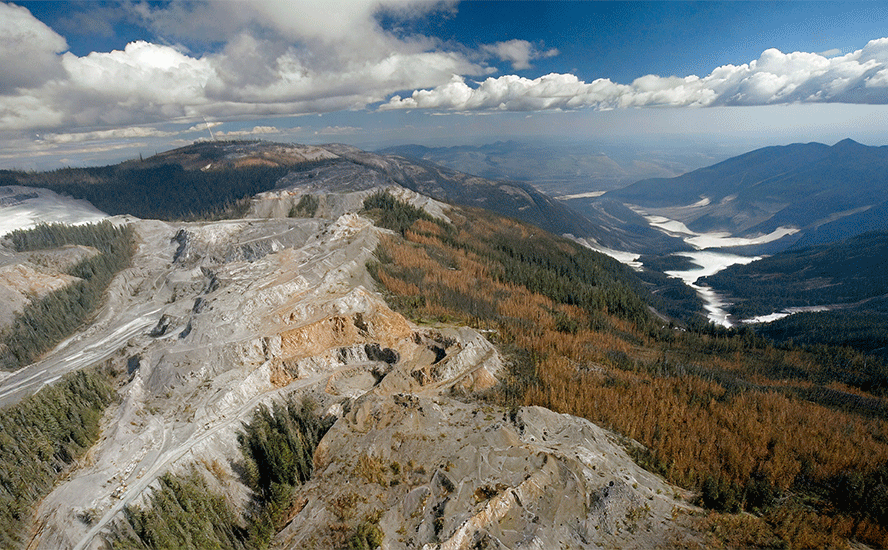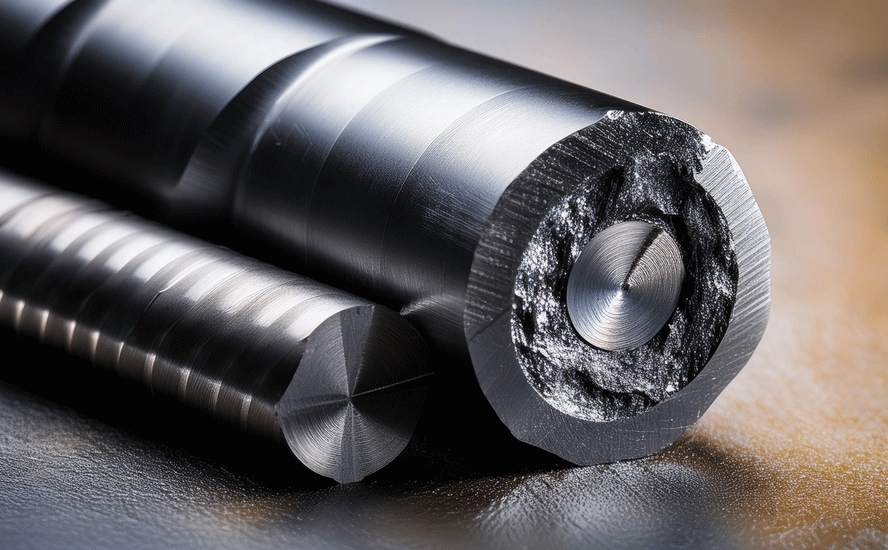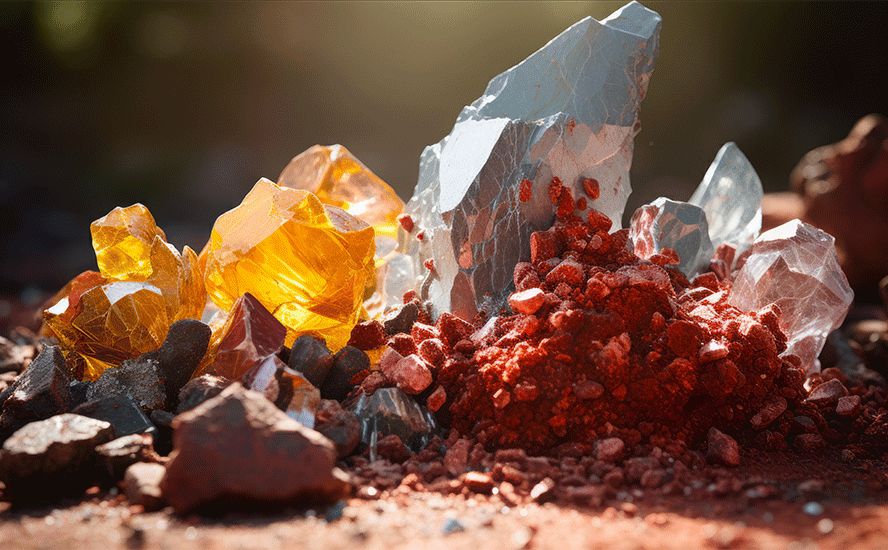Chilean water fight casts doubt on ‘Saudi Arabia of lithium’

As a general rule, the most successful man in life is the man who has the best information
Everybody in the lithium game knows about the lithium triangle.
Straddling three countries – Bolivia, Chile and Argentina – the lithium triangle is said to contain three-quarters of the world’s lithium reserves.

But the highest-quality lithium and the cheapest costs of production are in Chile, which alone hosts about half the world’s lithium. So much, that the skinny South American nation has been referred to as “The Saudi Arabia of lithium’.
Chile’s lithium is purer than Argentina’s; purity is measured in parts per million of lithium brine hidden under “salars” (evaporated salt lakes) that are millions of years old. Its salars are higher in elevation than Argentina, meaning they are less likely to be flooded by rainfall, windier and drier, which reduces evaporations times, thus cutting the costs of production. There is currently no lithium produced in Bolivia, despite hosting the Salar de Uyuni salt flats, estimated to contain over a quarter of the world’s known reserves.
Chile is currently the second largest producer of the main ingredient of lithium-ion batteries installed in electric vehicles, behind only Australia, home to the Greenbushes hard rock lithium and tantalum mine owned by Talison Lithium. Chile produces 70,000 tonnes a year and Argentina 30,000 out of the 230,000- tonne lithium market.
Keep in mind though, China already owns half of of the world’s lithium production either through stakes in lithium mines or offtake agreements. China is by far the market leader for electric vehicles requiring lithium and other battery metals.
The largest source of Chilean lithium is the Salar de Atacama.
One of the hottest, driest, windiest and most inhospitable places on Earth, the Atacama is ideal for lithium mining because the lithium-containing brine ponds evaporate quickly and the solution is concentrated into high-grade lithium products like lithium carbonate and lithium hydroxide used in EV batteries.
The Atacama is the world’s highest-grade and largest-producing lithium brine deposit – responsible for supplying a third of the world’s lithium.
While Chile will undoubtedly play a major role in shipping lithium carbonate and hydroxide to electric vehicle battery makers – for the time being anyway, the center of the world’s lithium production has hit a roadblock.
The value of Chile’s exports of lithium carbonate were 38% higher in 2018 than 2017, but it is doubtful the country will hit those numbers again this year unless it can resolve its differences with the two largest lithium miners active there: state-owned SQM and US-based Albemarle.
The number one and two lithium giants for years have blamed each other for over-exploiting their water rights in the Salar de Atacama, where they operate just 12 miles apart. Sharing the same salar was bound to cause friction; it’s like sticking two straws into the same water glass.
The Chilean government, fearing a water shortage, last summer put restrictions on water use in the salar. Albemarle, SQM, Antofagasta and BHP are among the mining companies affected by a ban on new permits to extract water from the southern portion of the salar’s watershed, which supplies BHP’s Escondida, the world’s largest copper mine, and Antofagasta’s Zaldivar Mine. Indigenous populations are also vying for access to water in the parched region.
Reuters reports the problem is compounded by the fact that the government doesn’t know how much water lies beneath the cracked soil.
What we do know is that higher production of Chilean lithium won’t be coming from Albemarle, which also runs the only lithium mine in the United States, Silver Peak in Nevada.
In October, the Chilean government said Albemarle failed to live up to a 2016 contract. The company was supposed to offer a quarter of its annual production at a discount to battery makers – a stipulation put in to help build a mine-to-battery industry in Chile. The country’s nuclear regulator then refused to increase the company’s lithium production quota.
Chile’s environmental authority turned down a license it needed to build a US$584 million processing plant – effectively hamstringing the company’s expansion plans. Another government agency rejected a permit Albemarle needed to extend operations beyond 2021, saying the company failed to explain how new technology would increase the mine’s production without having to pump more brine.
Albemarle’s losses to Chilean regulators have been SQM’s gains. On Monday, Reuters reported, its environmental regulator approved SQM’s $25 million compliance plan. While the approval ends a multi-year investigation by authorities that SQM had overdrawn lithium brine, it also requires the company to reduce its brine extraction. It remains to be seen whether this will affect SQM’s lithium output, but it seems likely.
With Albemarle tied up in arbitration for 18 months as it figures a way out of its quagmire with the government, a key question for Albemarle is, how will it retain its leading market position?
The company has reportedly put its long-term Atacama expansion plan on hold as it focuses on its Australian operations – Albemarle owns 40% of Talison Lithium which operates the largest hard-rock lithium mine in the world, Greenbushes in Western Australia.
As we argued in A Beautiful Mine, one way for Albemarle to remain the top lithium dog would be to increase production in the United States. Lithium grades at its Silver Peak Mine are rumored to be declining (the mine has been going since the ‘60s); a number of exploration companies are drilling in the same Clayton Valley. One of those firms is Cypress Development Corp. (TSX-V:CYP)
In just two years Cypress has gone from exploring its Dean and Glory deposits, resulting in a monster resource estimate, to releasing an attractive PEA last fall.
Cypress is working to derisk the project, which features an Indicated Resource of 3.835 million tonnes LCE (lithium carbonate equivalent) and an Inferred Resource of 5.126 million tonnes LCE.
The metallurgy for extracting the lithium from claystones is currently being perfected; the results are expected to form a key piece of the upcoming prefeasibility study.
While there are risks to the project, the upside is massive: Cypress has more than enough to supply America’s current lithium needs, and then some.
A company like Cypress, in the United States in an established jurisdiction, without the threat of import tariffs the US could still slap on China or other lithium-producing countries to protect US market share, has less black swans to worry about than companies operating in Chile or Argentina, where the governments are either taxing miners or making it difficult for them to get water permits and to increase production quotas. It’s a no-brainer.
Richard (Rick) Mills
Ahead of the Herd is on Twitter
Ahead of the Herd is now on FaceBook
Ahead of the Herd is now on YouTube
Legal Notice / Disclaimer
This document is not and should not be construed as an offer to sell or the solicitation of an offer to purchase or subscribe for any investment. Richard Mills has based this document on information obtained from sources he believes to be reliable but which has not been independently verified. Richard Mills makes no guarantee, representation or warranty and accepts no responsibility or liability as to its accuracy or completeness. Expressions of opinion are those of Richard Mills only and are subject to change without notice. Richard Mills assumes no warranty, liability or guarantee for the current relevance, correctness or completeness of any information provided within this Report and will not be held liable for the consequence of reliance upon any opinion or statement contained herein or any omission. Furthermore, I, Richard Mills, assume no liability for any direct or indirect loss or damage or, in particular, for lost profit, which you may incur as a result of the use and existence of the information provided within this Report.
Cypress Development Corp (TSX.V:CYP) is an advertiser on Richard’s site aheadoftheherd.com. Richard owns shares in CYP.
Legal Notice / Disclaimer
Ahead of the Herd newsletter, aheadoftheherd.com, hereafter known as AOTH.Please read the entire Disclaimer carefully before you use this website or read the newsletter. If you do not agree to all the AOTH/Richard Mills Disclaimer, do not access/read this website/newsletter/article, or any of its pages. By reading/using this AOTH/Richard Mills website/newsletter/article, and whether you actually read this Disclaimer, you are deemed to have accepted it.

